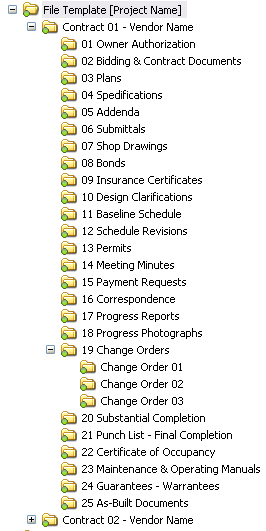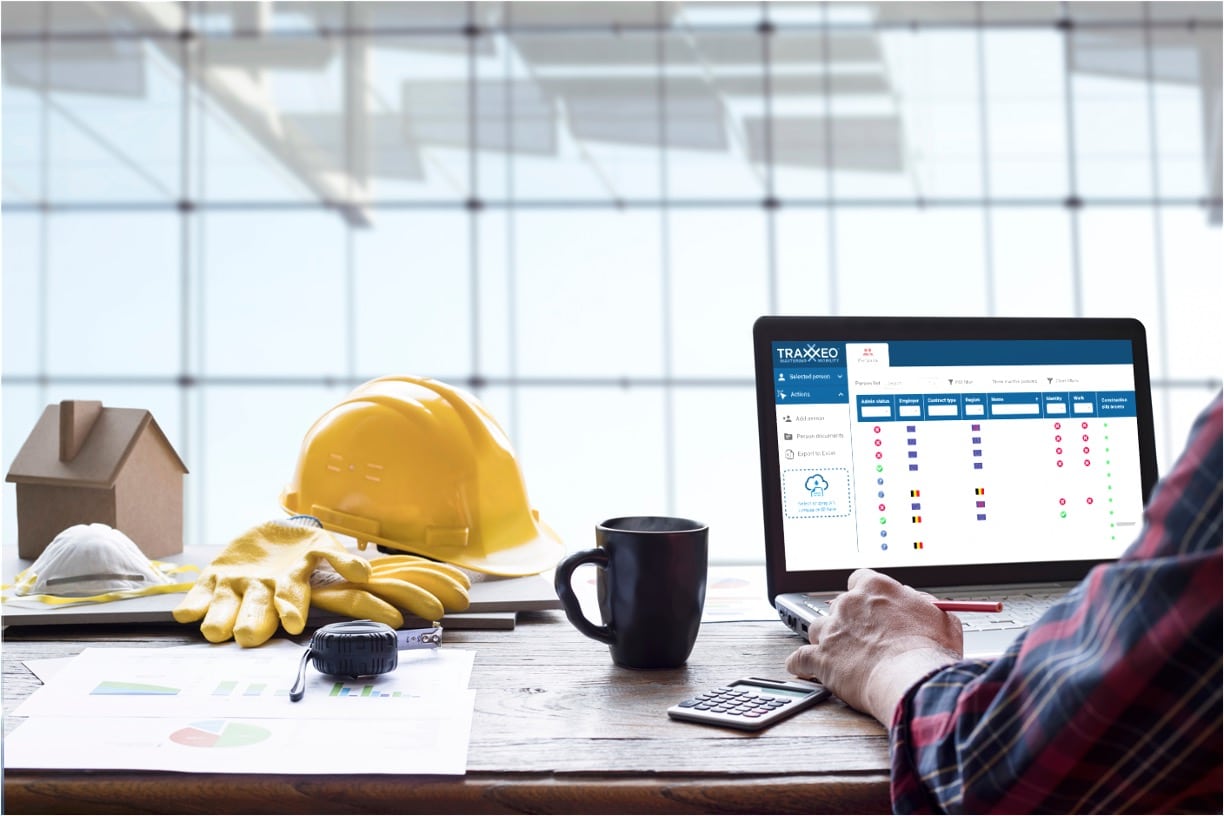Enhancing Operations Effectiveness: Architect's Professional Techniques for Construction Paper Management
In the realm of architectural style and building, the careful monitoring of documents stands as a foundation for task success. These approaches not only ensure smooth task development yet additionally hold the key to unlocking enhanced performance and accuracy in the detailed world of building and construction paper administration.
Secret Paper Organization Methods
When managing construction documents, among the crucial methods that designers utilize is establishing a systematic and efficient company system. This system usually involves categorizing files based on their type, such as drawings, specs, agreements, and permits. By developing clear and distinctive groups, architects can rapidly locate details information when needed, conserving time and minimizing errors in the building and construction procedure.
Within each category, architects additionally arrange files by making use of or creating subfolders numbering systems to signify variations or revisions (construction document management). This hierarchical structure makes certain that the most present and pertinent info is quickly obtainable while maintaining a record of adjustments made throughout the project timeline
Furthermore, engineers frequently use electronic record management platforms that provide functions like keyword search features, variation control, and accessibility constraints to boost organization and collaboration amongst task stakeholders. These devices simplify the document retrieval process, promote real-time updates, and facilitate seamless communication, ultimately adding to the overall success of the building job.
Collaborative Platform Combination
To optimize file management efficiency in construction projects, architects perfectly integrate collaborative platforms to improve interaction and enhance control amongst task stakeholders. By leveraging collective systems such as job administration software application, cloud-based storage space systems, and interaction tools, architects can develop a central center for all project-related records and interaction channels. These platforms allow staff member to access, testimonial, and team up on files in real-time, decreasing delays and the threat of mistakes connected with conventional document monitoring approaches.
Collaborative system combination also fosters openness and accountability within the job group, as all stakeholders have visibility right into the most up to date job updates and revisions. By streamlining communication and paper sharing, architects can make sure that all staff member are working from one of the most up-to-date info, decreasing the chances of conflicts or misconceptions emerging due to outdated files.
In addition, collaborative platforms enable seamless partnership in between engineers, professionals, customers, and other task stakeholders, advertising an extra reliable and natural task workflow. By damaging down interaction barriers and helping with information exchange, designers can drive efficiency and advancement in building jobs, eventually causing effective job outcomes.
Version Control Best Practices
Implementing effective variation control techniques is crucial for maintaining record precision and uniformity in building jobs. By establishing a clear system for managing revisions, task groups can make certain that every person is functioning from the most up-to-date documentation, reducing the threat of errors and discrepancies throughout the building and construction phase.
One of the vital finest methods for version control is to assign distinct identifiers to every document version. This can be attained by utilizing a numbering system or date stamp that clearly shows the order of modifications. By clearly labeling each version, staff member can conveniently track the progression of the file and determine the most current version.

Automation Tools for Effectiveness

Paper control software program, like Procore or PlanGrid, centralizes project documents, making it conveniently accessible to all stakeholders. These systems enable real-time collaboration, variation control, and automated backups, safeguarding versus information loss. Additionally, Building Details Modeling (BIM) software program automates the generation of construction illustrations and makes certain that modifications are synchronized throughout all relevant records.
Integrating automation devices with cloud storage solutions Read Full Report further enhances availability and protection. By automating the paper monitoring process, project teams can focus their effort and time on value-adding activities, ultimately boosting performance and project results.
Secure Data Administration Solutions
Efficiently taking care of and guarding task data is paramount in the building and construction industry to guarantee privacy and integrity throughout the project lifecycle. Building companies can utilize encrypted cloud storage space solutions to safely share and store job papers with licensed workers.
In addition, using electronic civil liberties administration (DRM) tools includes an added layer of protection by avoiding the unapproved distribution or replication of project files. Normal data backups are vital to minimize the danger of data loss as a result of unanticipated scenarios like hardware failures or cyber-attacks. Collective systems with integrated protection features enable seamless interaction and data sharing amongst task group participants while maintaining data honesty.
Verdict
In final thought, applying key document organization techniques, integrating joint platforms, exercising variation control finest techniques, utilizing automation devices, and embracing protected data management remedies are vital strategies for improving process efficiency in building file management. These experienced strategies can streamline processes, improve communication, ensure precision, and maintain information safety click to read and security throughout the building project lifecycle.
In the realm of architectural layout and building and construction, the thorough administration of files stands as a keystone for job success. These techniques not only make certain smooth job progression but additionally hold the key to unlocking enhanced efficiency and accuracy in the complex realm of building record management.
To enhance paper management performance in building tasks, engineers flawlessly incorporate collective systems to improve communication and simplify coordination among project stakeholders. These systems permit group participants to accessibility, testimonial, and team up on documents in real-time, decreasing hold-ups and the threat of errors connected with conventional document management approaches.
Making use of automation devices in building and construction file management significantly boosts effectiveness and enhances processes for job teams. construction document management.